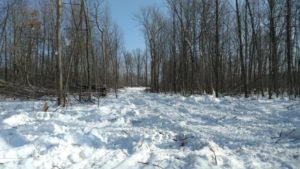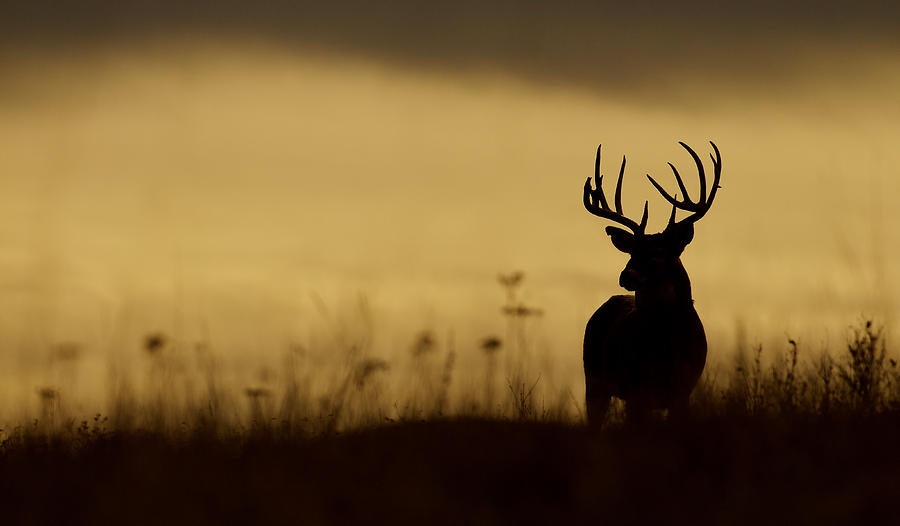It’s no secret to deer hunters that heavy hunting pressure and human activity can alter the movement patterns and routines of whitetails, especially big mature bucks. Unfortunately, on hunting land with high levels of human impact, it is almost impossible to prevent a mature buck from crossing paths with a hunter, and these deer can become very difficult to kill. To overcome the challenge and frustration of killing heavily pressured mature bucks, I started experimenting with new stand placements several years ago that focus on using natural barriers and creating man-made ones as a foolproof advantage.
Wooodland Fingers (Arms)
Constructing attractive and productive whitetail habitat does more than make your land attractive to wildlife; it sets the stage for deer to become residents. Since you make it, you can put it in just the right spots to help your hunting strategy based on access to stand sites and prevailing wind direction, and create woodland fingers deer will use regularly to travel between cover and food. Knowing where the different types of cover are that you created and how they are laid out makes it easy to plan your hunt, knowing how whitetails will travel and where they will bed as they make use of it. Woodland fingers created to funnel deer to certain stand sites or food sources is one of the best ways to get a mature buck exposed during daylight in the woods. A clear cut that is 30 yards wide and between 80 and 150 yards long that connect bedding to feeding or bedding to bedding is just downright mature buck trickery. Letting these fingers grow up thick with saplings and native grasses is a dynamite setup in the whitetail woods.

Surround Travel Corridors with Cover
Say there’s a small logging road or drainage ditch running through an area that might normally be a deer travel route between doe bedding areas, feed fields, or blocks of timber, but it’s too open. Lacking quality cover, only does and yearling bucks will probably use it during daylight. If you put in a swath of thick, nasty bushes that grow 4 to 8 feet tall that surround these natural corridors, mature bucks will begin to use it. Many shrub species will work for this project. Some good ones to consider are: dogwood shrubs (gray, silky or red osier), crab apple, raspberry (blackberry bushes), staghorn sumac and white cedars. Plant a staggered row of these bushes or shrubs, preferably 3 or 4 wide, about 6 to 12 feet apart along these corridors. As they grow, you want a buck with a big rack to still be able to walk comfortably through them. For variety, you can mix in a few pines for cover and apple or pear trees for fruit.
The Honey Hole
Creating woodland fingers and arms in the woods provides a new opportunity for your deer season and new locations for stand sites. In a matter of a few months, you can transform your hunting property from being slightly used by whitetails to a honey hole. Proper planning and execution, advice from professionals, and genuine care for your whitetails habitat will be the deciding factor come fall.



















![The Best Deer Camp Chili [VIDEO] Deer Chili Ingredients, Tomatoes, Chili Spices](/wp-content/uploads/2015/10/Deer-Chili-Deer-Camp-Recipe-218x150.jpg)
![How to Call Elk Early in the Season [VIDEO]](/wp-content/uploads/2016/08/byers003-218x150.jpg)




![Idiots Disturb Hunter: How Would You Have Handled It? [VIDEO]](/wp-content/uploads/2015/10/DSC00110-e1474487693878-100x70.jpg)
![Albino Buck Shocked to Shed His Antlers [VIDEO]](/wp-content/uploads/2015/10/AlbinoDeer-100x70.jpg)